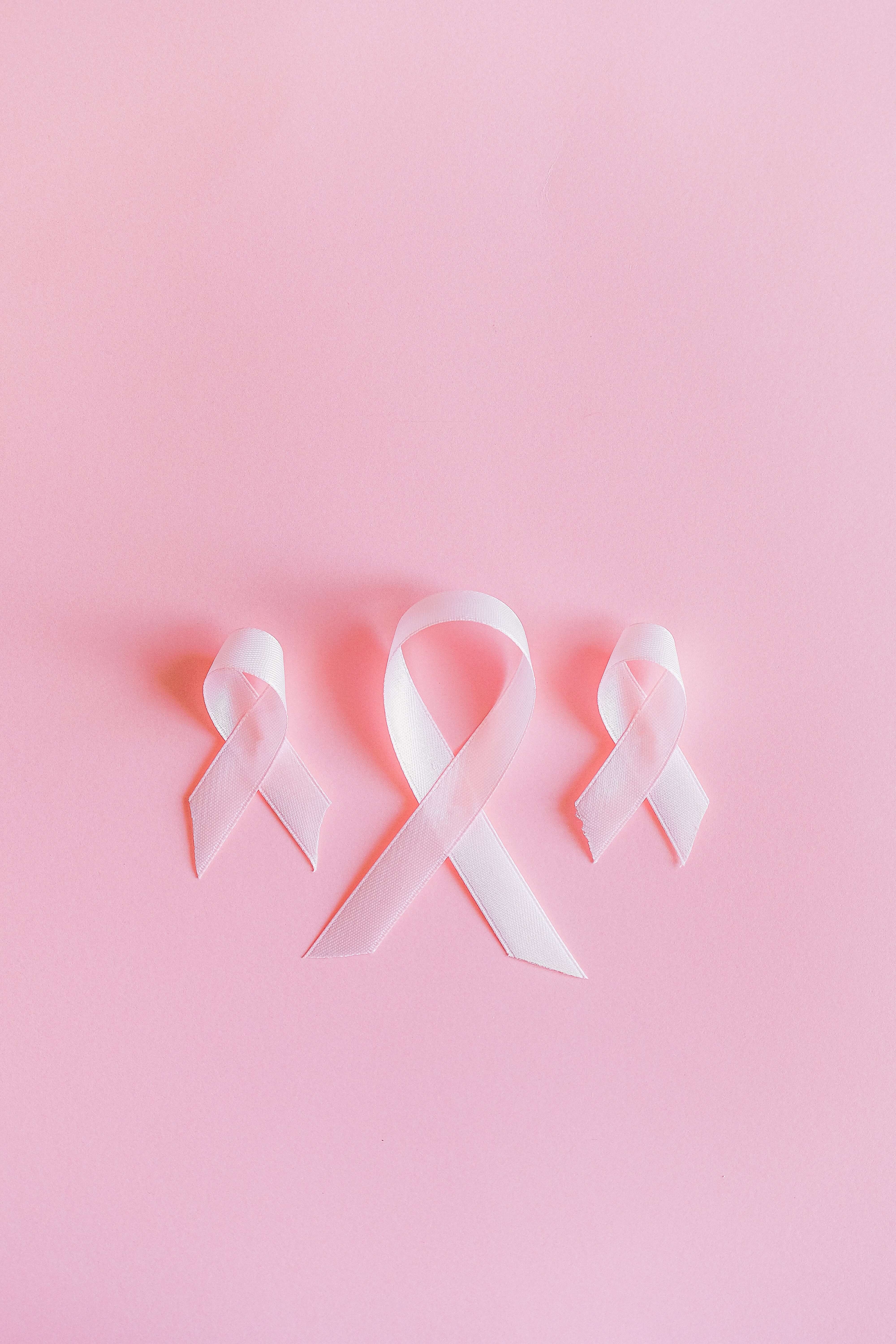
Breast lumps are masses that develop in the breast. Although breast lumps are often not cancerous, it is important to know the warning signs of cancer and when to see a doctor.
Breast lumps are masses that develop in the breast. There are some women that can feel small lumps in both breasts. If these small lumps are felt throughout both breasts, this is most likely normal breast tissue. Some women experience lumpiness and pain in the breast as they go through their menstrual cycle. These lumps form due to extra fluid in the breast, but they eventually subside.
However, you may feel lumps that are large or hard compared to the rest of the breast. Although most lumps are non-cancerous (also called benign masses), they can be a source of worry and anxiety for most women. While breast lumps occur more commonly among women, some men may also experience this condition.

Most women worry that their breast lumps are a sign of cancer. Among women aged 40 and younger, 80 – 85% of these breast lumps are not cancerous.
It is important to recognize breast lumps that could potentially be cancerous so early treatment could be instituted. Some warning signs of breast cancer include:
• Change in the size or shape of the breast
• Dimpling, redness or scaling of the overlying skin on the breast
• Lumps in the armpit
• Lumps that continue to grow larger
• Lumps that persist even after menstruation
• Nipple discharge
• Pulling in, or inversion of the nipple
• Swelling of a portion of the breast
When you consult a doctor for a breast lump, the doctor will first obtain your medical history and perform a thorough physical examination. The doctor may also request for any of the following tests:
• Mammogram – uses X-rays to examine the breasts for signs of cancer
• Breast ultrasound – uses sound waves to evaluate breast lumps
• Breast magnetic resonance imaging (MRI) – uses magnetic fields and can produce very detailed images of the breast
• Biopsy – involves removing a portion of the lump or the entire lump to determine if it is cancerous

The treatment options for cancerous breast lumps depends on the type of breast cancer and the extent of spread of the cancer. The available treatment options include:
• Lumpectomy – involves the removal of only a portion of the breast.
• Mastectomy – involves the removal of the entire breast.
• Quadrantectomy – also called partial mastectomy, involves the removal of one quarter of the breast and some surrounding muscles.
• Drug therapy – various drugs currently in use for breast cancer. These drugs include chemotherapy, hormone therapy, and targeted drug therapy.
• Radiation – using high levels of radiation to kill cancer cells.
Breast lumps can recur months or years after treatment. If you had breast surgery, you may feel lumps that are caused by scar tissue. However, a recurring lump can also be due to recurrence of breast cancer. Cancerous breast lumps may recur in the original site or in a different area of the breast.
It is best to consult a doctor if you experience any of the following:
• Breast lump with any warning sign of breast cancer
• Breast lump that recurs after treatment
Dr Fang Zhang, General Surgeon
Dr Zhang has nearly 30 years of experience with a Master’s from Fudan University.
ParkwayHealth
Website: www.parkwaypantai.cn
Tel: 400 819 6622